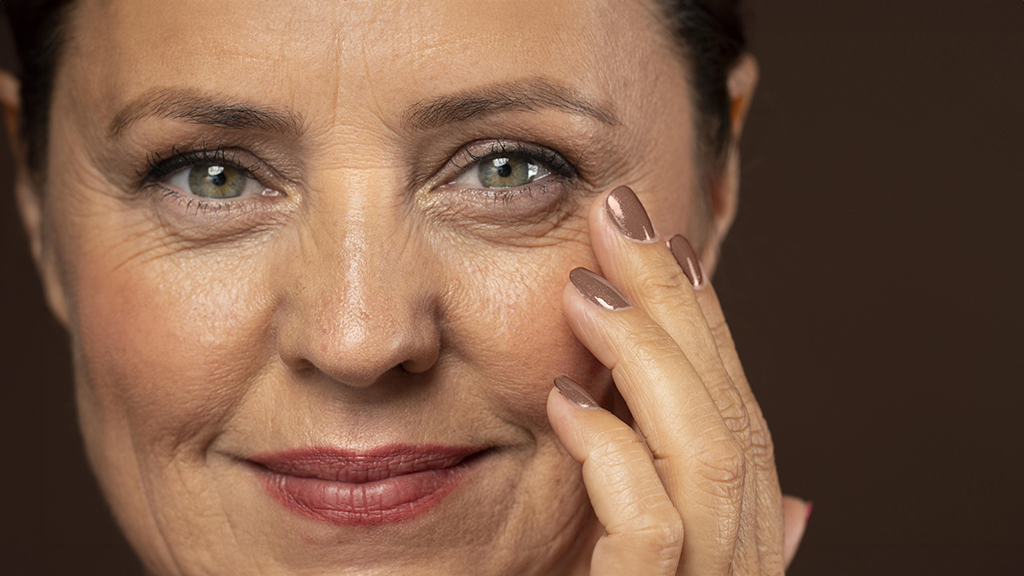Breast Implant Insertions
There are several techniques which can be employed to insert a breast implant. Three types of incision are available and it is a matter of patient and plastic surgeon preference as to which is used.
Inframammary Incision
The Inframammary incision is probably the most commonly employed incision. It is made in the proximity of the crease where the breast and chest come together. After healing, the scar tends to be well hidden under new breast crease, although it will be more visible when the patient is lying down.
Periareolar Incision
The periareolar incision is favoured by some surgeons. It is made along the outline of the areola (the brown or pink pigmented region surrounding the nipple). When it heals well, the scar is almost invisible. However, should the patient develop excessive scarring for any reason, then it will be particularly noticeable.
Axillar Incision
A small number of surgeons favour inserting the implants via a small incision in the armpit. The final wound will be generally well hidden. In these circumstances most surgeons would place the implant behind the pectoral muscle. This procedure is known medically as Trans-Axillary Retropectoral Augmentation or by its acronym TARPA.
Having made the incision, the surgeon then creates a pocket into which the implant is inserted. The placement of the pocket is determined by your breast anatomy. The surgeon will discuss this with you in more detail during your consultation.
Four types of pocket can be used:
Submammary Pocket
In the submammary pocket, the implant is inserted into a pocket created between the breast tissue and the pectoral muscle on the chest wall. This is probably the most commonly used procedure.
Subpectoral Pocket
In the case of the subpectoral pocket, the implant is placed into a pocket that the plastic surgeon creates behind the pectoral muscle. Therefore, the implant lies between the muscle and the ribs.
Subfacial Pocket
For the subfacial pocket, the implant is placed into a pocket created behind the pectoral muscle facia. Therefore, the implant lies between the muscle and its facia.
Dual Plane Pocket
In the case of the dual plane pocket, the pectoral muscle covers the upper half of the implant, leaving the bottom of the implant free to descend into the submammary breast pocket. The implant exists both under and over the muscle at the same time.
For details about procedures and treatments or for a consultation, advice and prices from our Dubai clinic please call +971 4 431 2396 or use our online form.


